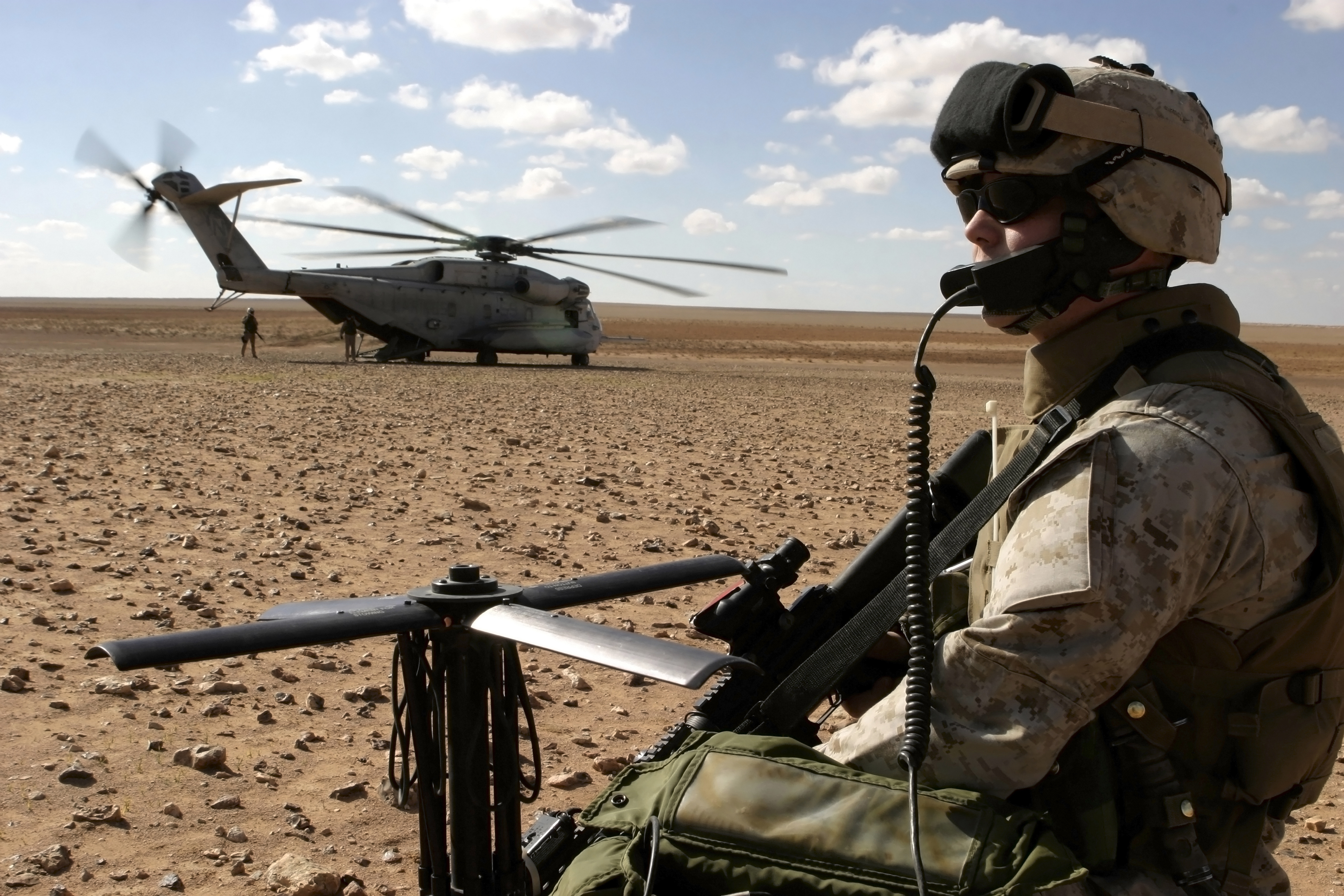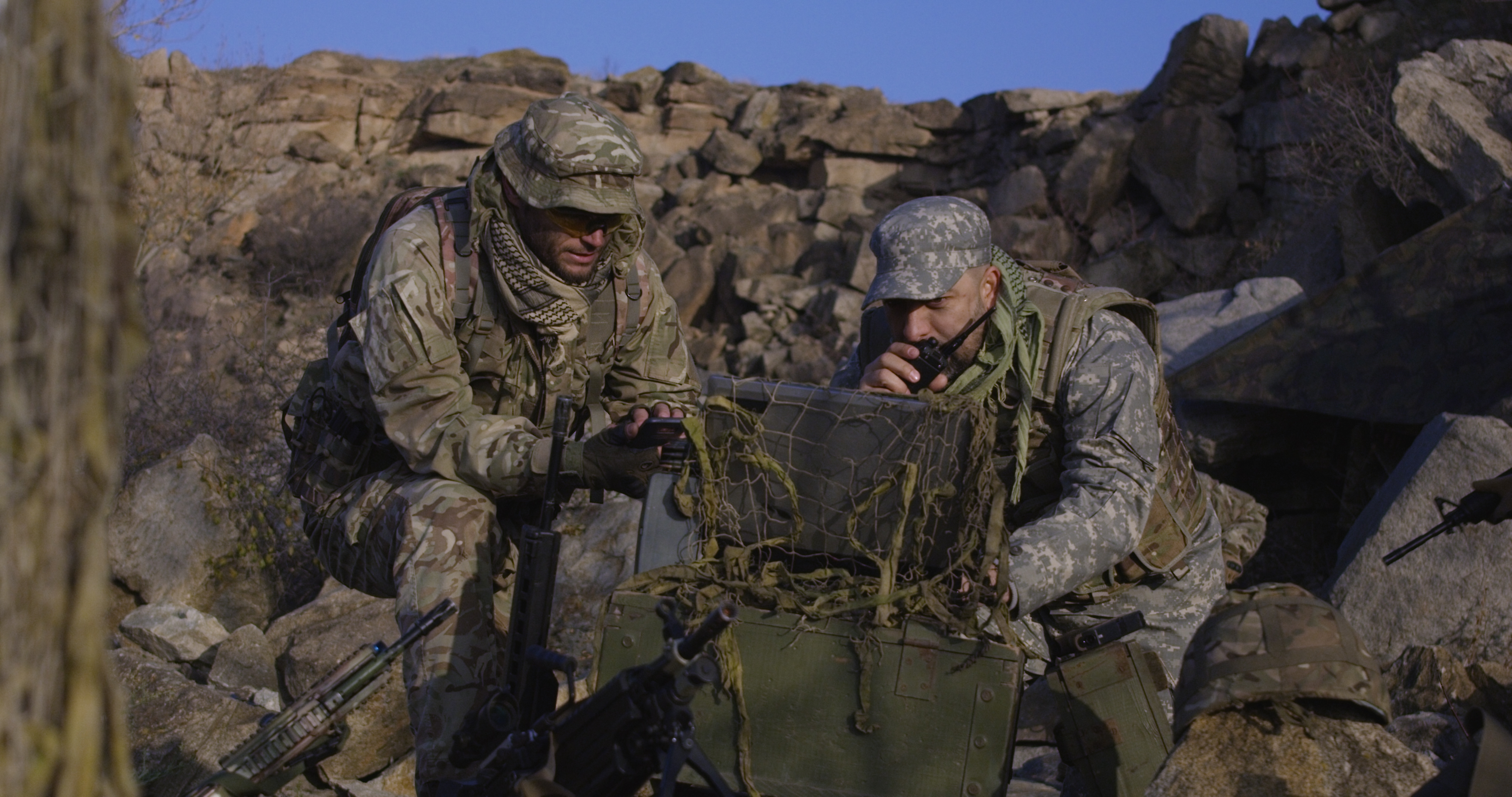5G for defense: U.S. military wants open interfaces, compact infrastructure
The U.S. military wants military tech solutions that are powerful, mobile, and reliable. Private industry plays a critical role in helping U.S. military personnel stay connected, both at home and on the battlefield.
U.S. military leaders are telling the wireless and satellite industries they see great potential in 5G, and they’re asking for standards, open interfaces and simple devices.
“I am excited to see what the next couple of years will bring,” said Brigadier General Steve Butow, space portfolio director at the U.S. Defense Innovation Unit. “It is important to take advantage of technologies produced at scale.”
Butow joined Colonel Joseph Roberts, assistant program executive officer, PEO C3T, U.S. Army, on a panel at SATELLITE 2023 entitled “The Role of Space-Based 5G in Military Communications.” Executives from defense contractor Lockheed Martin and satellite giant Hughes were also on the panel.
Roberts said space-based 5G can be a “game changer” because it creates “the opportunity to connect every soldier on the battlefield.”
Butow encouraged the wireless industry to “migrate to open architectures.” He said that if the industry adopts open interfaces it will “create an environment where we can do lots of business with you.”
At least one satellite operator is also advocating for open interfaces for the wireless infrastructure industry. Open RAN is a top priority for Hughes in its work with Dish Network, explained Rick Lober, VP and GM at Hughes’ government and defense division. “We are pushing that very hard,” he said, adding “I’m not sure everyone is on board.”
Lober added that he hopes users of network infrastructure will take full advantage of open RAN by working with a diverse set of vendors. “If you are going to have a program that is about open standards, do not award it to one company,” he said.
5G standards
Dawna Morningstar, director, next generation solutions at Lockheed Martin, said industry standards are “the critical underpinning” that enables interoperability and scalability. She said Lockheed Martin is actively engaged with wireless industry standards boards.
Morningstar highlighted 3GPP Release 17’s inclusion of interoperability with non-terrestrial networks. “We can now have these open solutions for air and space that can integrate seamlessly with the terrestrial networks,” she said. “We can get the intelligence down where it needs to be, and back up and distributed.”
Roberts said another benefit of using 3GPP standards for military communication is cross-border communication. “Because 5G is a commercial standard, a lot of our coalition partners can adopt it,” he said. “We can connect through common infrastructure to our coalition partners.”
Portable infrastructure
In a separate conversation with FierceWireless, Verizon’s Cory Davis, AVP Public Safety at Frontline, said the military is interested in portable 5G private network solutions. Verizon’s Tactical Humanitarian Operations Response (THOR) 5G on wheels has the capabilities the military wants, Davis said, but the form factor is too big for some use cases.
“They want to put THOR in a backpack and take it to the desert,” Davis said.
Roberts challenged the wireless industry to create portable solutions during the SATELLITE 2023 panel. “Can you apply the standards in a form factor for a tactical user who is always on the move in places where spectrum is contested and being detected means you get shot at?” he said. He added that battlefield devices need to operate with “limited power, limited space and limited cooling.” Another limitation is the amount of time and attention a deployed soldier can spend learning to use battlefield devices. “Don’t give me solutions for a guy in a lab with a Ph.D,” he said. “Look at your solutions in my environment. Don’t tell me to come to your environment.”
Davis said Verizon has been working to shrink its mobile 5G solution and also to add a 5G standalone core to enable network slicing. The operator has already developed a mobile 5G standalone network called THOR’s Hammer, but it currently is deployed on a 30-foot trailer.
Hughes’ Lober also referenced the need for portable infrastructure. He said he is “struggling with a major provider right now” as their teams try to balance the benefits of a cloud-based 5G core with the portability of a physical core. “We are trying to solve that right now with some of the core vendors,” Lober said. Two challenges are working with international providers and “making the price point available at scale.”
This article was written by Martha DeGrasse from FierceWireless and was legally licensed through the Industry Dive Content Marketplace. Please direct all licensing questions to legal@industrydive.com.
![]()


